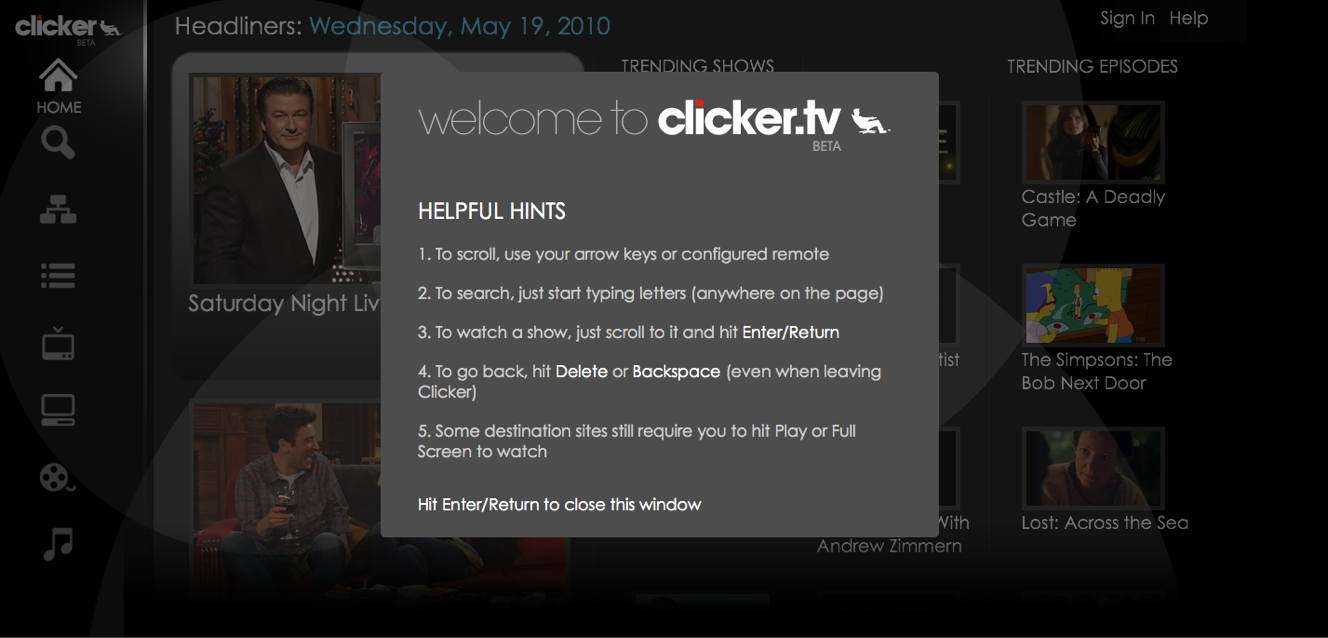Google I/O: Show kicks off with push for HTML5, browser computing

At the opening keynote of the Google I/O developer's conference in San Francisco, the company got right down to business by talking directly to some 5,000 people - mostly developers - about the importance of - and rise of - HTML5.
 With HTML5, computing is moving closer to Google's vision of what computing should be - a browser-based experience that not reduces the need for plug-ins and eliminates the need to download and install specific programs.
With HTML5, computing is moving closer to Google's vision of what computing should be - a browser-based experience that not reduces the need for plug-ins and eliminates the need to download and install specific programs.
Think for a moment about the programs that we install on our computers to make the experience a good one - programs like Microsoft Office, Skype, iTunes and Photoshop. Then, compare those experiences to those of Facebook, Twitter, Google Maps and so on. Surely, you can't access your iTunes library or photoshop an image from a friend's computer unless those programs are installed on that PC. Of course, you can log in to Facebook or check your Yahoo Mail from any machine with a browser.
Also see: Andrew Mager's live blog coverage of Google I/O 2010
To illustrate the point, the company welcomed companies like Clicker, which has been called the TV Guide of Internet video. The company introduced Clicker.tv, a user interface that allows users to not only search for content on the Internet but also tag it for future viewing and watch it directly within its own interface. Maybe that video streams in from YouTube or Hulu - but, with Clicker, the user doesn't need to go searching for the content on sites across the Web and doesn't need to worry about installing special software to the machine.
Take note of the helpful hints that Clicker highlights put in front of the viewer upon launch of Clicker.tv. During the keynote, presenters talked about the what they're doing to support graphics, video and other rich media that work dynamically from within the browser.
More Coverage from Google I/O:
